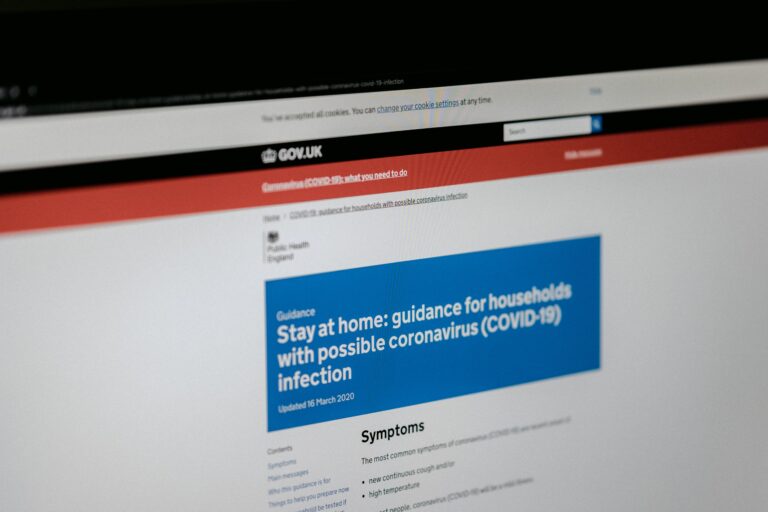
Each person has a different perspective. We all have our own perspectives. Past experiences, early childhood memories, and particularly hereditary factors are all important. Our perspective is shaped by our interactions. All this interaction can lead to some people having a more pessimistic view while others may be more realistic or optimistic. What are the differences between optimism and pessimism? Let’s start by taking a closer look at both these concepts.
Pessimistic People often interpret negative things. Events as invariant, generalizable and internalized For example, “ Nothing goes wrong.”, “I will never be happy.”, “I will never be able to solve this problem.” Such thoughts highlight the generalization of negative events, the internalization and constancy of the problem. They attribute the success of positive events to luck and believe that it is not their fault.
People who are optimistic, on the other hand, tend to be more positive and believe that they have earned positive events. Take, for example. , “I am worth it”, “I deserve this success”, “I got the job I wanted thanks to my patience.” as. They view negative events as temporary and specific events, which are caused by external causes.
Tiger (1979) This expression of optimism is a sign of hope: Looking forward to a glorious future with no bad things, but only good. On the other hand, optimism is a way of seeing the glass half-full, seeing the good in others, and feeling hopeful about the future. These are all true.
We do not play a direct part in the formation of these points of view, It is It is possible to have a better perspective and be able to evaluate ourselves.By taking part in its transformation, or at the very least, from a neutral viewpoint. Many therapies, including Cognitive Therapy, offer solutions to psychological problems. “If we can’t change the events, then we will change our point of view.” . Positive Psychotherapy has seen a lot of research in recent years. We are now exploring other applications that can help us to develop our optimistic outlook.
Proven Methods to Boost Optimism
I want to share with you two practices that increase optimism. Scientifically supported to be efficient. Let’s get started if you are ready!
“Best Possible” Diary
First, sit in a quiet place. Now think about the five-year vision of your life. Imagine you have done everything right and you are able to live the life you desire. Pessimists who see the future negatively or make it a disaster can find this part difficult. Don’t lose heart and see a bright future. Your future should be filled with your hopes and dreams.
After visualizing your future five years in detail, take the time to write down your dreams. Where are you going? With whom are you most closely associated? What are you doing? How is your day going? Are you with your loved ones? What are you proud of? Note down all details. To write. It will help you organize your thoughts and dreams. This step is important, so be sure to do the same. If you are looking to Boost your optimism every day You can always repeat your application or review the letter you have written before.
Identifying pessimistic thoughts
Our Our mind is so big that we are able to see our pessimistic thoughts. They disturb us so it is difficult to question them. However, how do we solve the problem without first identifying it? To help you notice what is going on, here’s an app.
Keep a journal for one week and write down any pessimistic thoughts you see. You can also put a coin in the piggybank and examine it later. Pessimistic thinking can be overcome by positive thinking. perspective. Take some time to yourself at the end of each week. Get out a pen and paper and ask yourself these questions. Notate the answers that you find.
- What could this possibly mean?
- Are there any positive effects from this event?
- These thoughts are the result of an objective evaluation.
- What if I am completely neutral about the event?
- What is the lesson I can learn from this experience?
- Can this event aid my development?